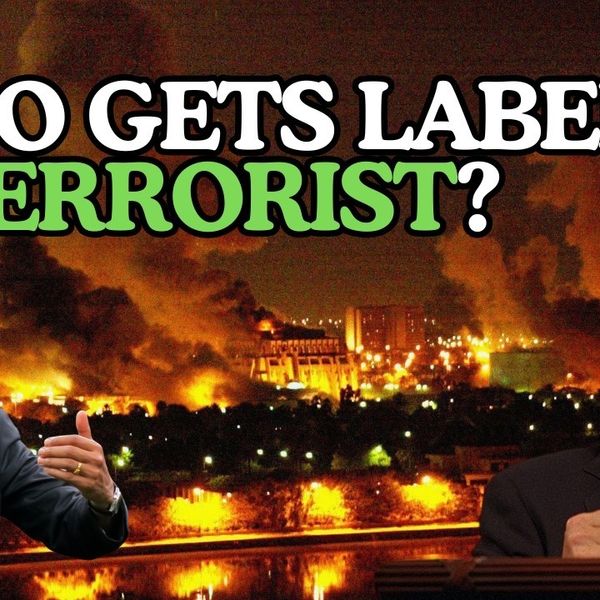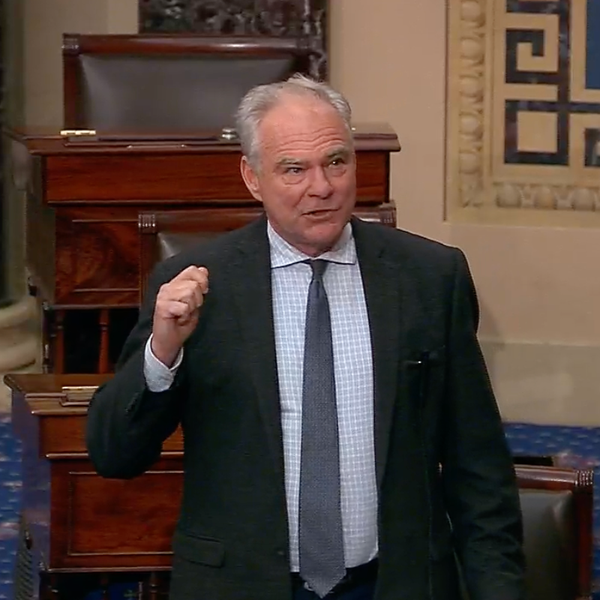March 26th marks the seventh anniversary of the disastrous war in Yemen, which has resulted in almost half a million dead. The Saudi-led coalition fighting the Houthi rebels has recently ramped up its attacks in this destabilizing conflict that, prior to the Ukraine war, was the worst humanitarian crisis in the world.
Throughout the war, Saudi talking points have whitewashed the facts on the ground. The Kingdom has spent more than $100 million on lobbyists and public relations specialists in the U.S. to accomplish this, and to keep the arms sales flowing.
According to a brief by Dr. Annelle Sheline, Middle East Research Fellow at the Quincy Institute, the Saudi-led coalition has carried out more than 24,600 air raids since the beginning of the war in 2015, highlighting the asymmetrical nature of the war being waged in Yemen. In her brief, Sheline notes that over 9,000 Yemeni civilians have been killed in Saudi coalition air raids, compared to 59 Saudi civilians killed by Houthi transborder attacks — putting to rest the narrative that somehow this war is warranted in the name of self-defense.
The Yemen Data Project, a nonprofit that tracks data on the war in Yemen, found the Saudi-led coalition carried out approximately 700 air strikes in February 2022. The pace of last months bombings was higher than any month since 2018.
However, most Americans are blissfully ignorant of Saudi transgressions in Yemen and elsewhere, and that is by design.
In many cases, the Saudi airstrikes responsible for the civilian deaths have either been preceded or followed by Saudi lobbyists’ talking points touting improvements in targeting, the Saudis commitment to peace, or Saudi humanitarian efforts in Yemen. For years the Saudi lobby has amassed an army of lobbyists, including former Members of Congress, that frame the war in Yemen as a humanitarian mission. On January 20, 2022, for example, Tripp Baird of Off Hill Strategies distributed a letter to Congressional offices that pointed the finger at Houthi rebels to justify the escalation. Baird linked to a press conference in which Ned Price, the State Department spokesperson, condemned Houthi attacks to justify their massively disproportionate response.
“Iranian-backed Houthis are responsible for prolonging the suffering of the Yemeni people,” their email insisted. Baird closed the letter by painting Saudi Arabia as “committed to achieving a lasting peace in Yemen.” Just one day later, Saudi Arabia launched an airstrike at a detention center in Sa’adah, which left 91 civilians dead, including three children playing in a nearby field.
The laser guided bomb used in that attack was made by Raytheon Technologies. Mere days after the attack, on January 5, Raytheon’s CEO celebrated rising tensions in the Middle East on an earnings call with investors saying, “we are seeing, I would say, opportunities for international sales.”
Raytheon’s team of lobbyists isn’t afraid to seize those opportunities. According to their fourth quarter filing in the Senate Lobbying Disclosure database, Raytheon spent $2.7 million to lobby Congress on a range of issues, including lobbying against a joint resolution that would disapprove the previously approved sale of Raytheon-made sales to the Kingdom.
This isn’t an anomaly. On March 12, 2021, an airstrike killed 18 people in a residential area in Maqbanah. On March 15, just three days later, Hogan Lovells distributed letters reaffirming “the Kingdom's unwavering commitment to achieve peace in Yemen,” many of which were sent by former Senator Norm Coleman. There was a noticeable spike in airstrikes that same day, with 178 air raids and as many as 12-15 strikes per raid.
A few weeks later, on May 7, 2021, an airstrike hit a residential area, killing 11 civilians in Sirwah. On May 11, 2021, Hogan Lovells distributed a letter saying that Saudi Arabia supported a “peaceful resolution to the conflict in Yemen.” Not even a week later, an airstrike at a medical center killed another seven civilians.
Lobbyists on behalf of Saudi Arabia routinely disseminated information purporting the Kingdom’s desire for peace even as deadly airstrikes escalated, and they have found a sympathetic ear in Washington. While President Biden once referred to Saudi Arabia as a “pariah,” his administration recently approved more arms sales to the Kingdom and coalition allies like the UAE. Statements like the one from Price are all the ammunition lobbyists need to press their case on Capitol Hill and with the administration.
As the seventh anniversary of the war approaches Saturday, Saudi Arabia wants you to think that it isn't the aggressor, and they’ve paid handsomely to push this narrative in the U.S. But, the reality is vastly different from the picture these lobbyists paint, as air raids by the Saudi-led coalition have killed thousands of civilians, destroyed infrastructure, and prolonged the blockade at the heart of a humanitarian crisis that has left almost half a million people dead. No amount of money or lobbyists can change this reality, but ending U.S. support for the Saudi-led campaign in Yemen can.















